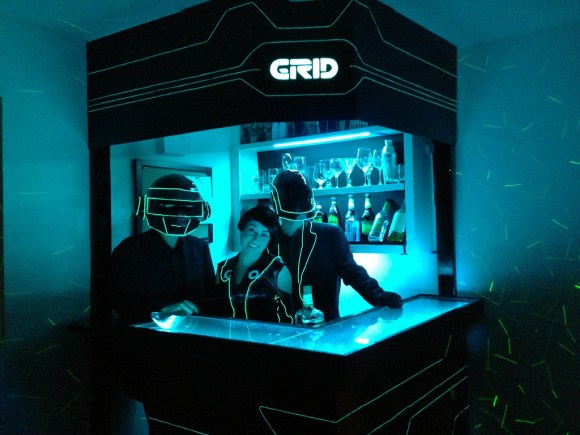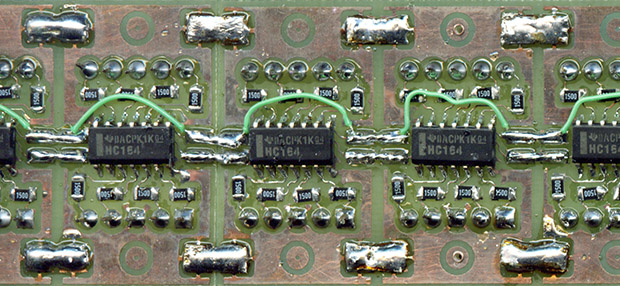
[Aaron] wrote in to show off the waterproof music controller (translated) he just finished building. He uses it in the shower — which makes us wonder how long he’s spending in there. We could also see it being useful by the pool, on the beach, or anywhere else that you need a cheap and easy control system.
His computer plays tunes while he’s getting ready for the day. This means he was able to use an inexpensive wireless keyboard for control. The donor keyboard has dedicated music control keys which he carefully traced to the PCB before removing the flexible sheets that detect key presses. Next he found a water tight food container and sized his protoboard to fit. You can see his button layout above. Holes were cut in the lid of the container, with a plastic membrane glued on the underside. This will keep the water out while still allowing him to actuate the momentary push switches.
Most mobile devices will work with wireless keyboards. If your car is nearby just hook your phone to the stereo and control it with this rather than building a dedicated beach stereo system.






 It’s not quite on the scale of [Michael Bay], but that’s probably a good thing. We do think that
It’s not quite on the scale of [Michael Bay], but that’s probably a good thing. We do think that 








